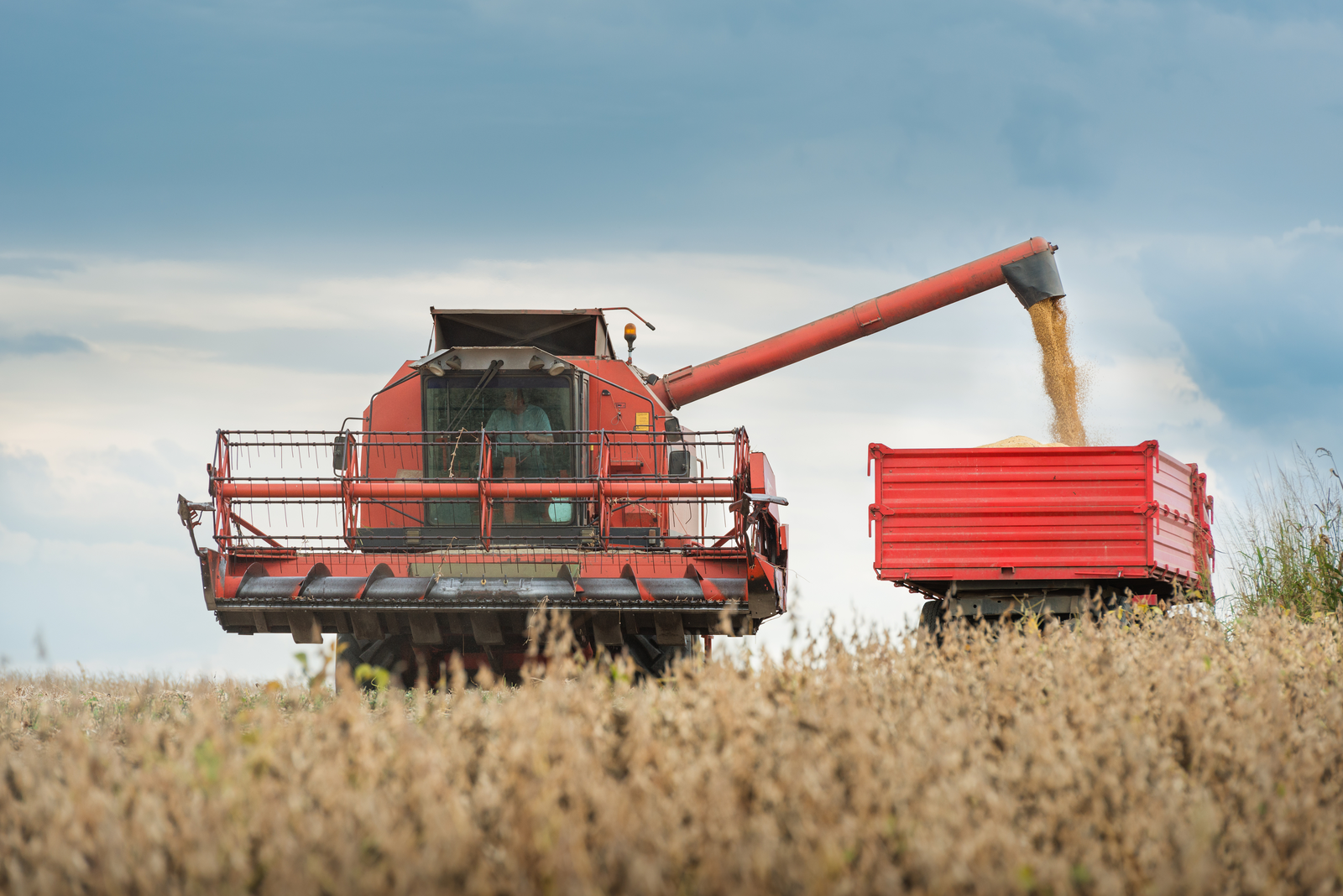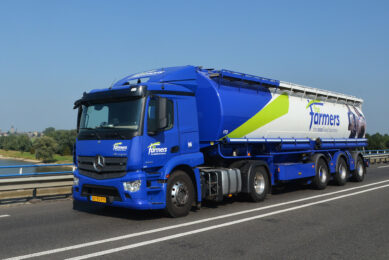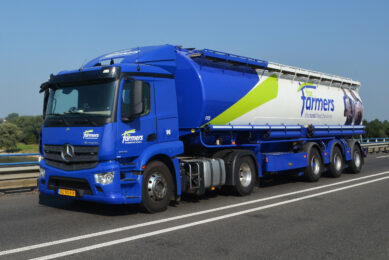Less raw materials but more livestock in US

Global demand for food and agricultural products is expected to grow until 2025. Crop production will fall a bit, but the outlook for livestock production looks promising. This is stated by the USDA in its latest report.
The report provides projections for the agricultural sector to 2025, with a focus on the projections for the US crop and livestock markets. Projections cover agricultural commodities, agricultural trade, and aggregate indicators of the sector, such as farm income.
Agricultural implications
Global demand for food and agricultural products is expected to grow over the projection period, even with slower economic growth in developing countries. Economic growth and population gains in developing countries provide a boost to global agricultural demand as more people in those countries become middle class consumers. Improved economic conditions in developed country markets will provide an additional boost to global demand. With world economic and population growth concentrated in developing countries, those countries continue to account for most of the gains in US agricultural exports, as stated in the report. Although a stronger US dollar constrains growth in US agricultural exports, the United States will remain a competitive agricultural exporter.
Rise in feed corn use
US planted acreage for eight major field crops (corn, sorghum, barley, oats, wheat, rice, upland cotton, and soybeans) averaged almost 257 million acres in 2012-14 and is projected to fall below 250 million acres by 2017. However, moderate growth in demand for US corn (US is the major corn exporter in the world) is projected over the next decade with rising yields boosting production and supporting growth in usage. Planted area, however, falls as real prices and returns for corn decline over time. Rising corn production, lower corn prices than in recent years, and increasing meat production underlie projected gains in feed and residual corn use over the next decade. Also supporting gains in feed use of corn is the decline in the production of distillers grains, a co-product of dry mill ethanol production used for feeding livestock, as corn-based ethanol falls.
Long term projections livestock
The US livestock sector is projected to increase production over the next decade, an expansion that reflects several factors. Feed costs have fallen from recent highs and are projected to rise only moderately over the next 10 years. Also, demand for meats and dairy products in both the domestic market and for export is projected to be strong. As a result, total US red meat and poultry production rises over the projection period. Milk production also increases over the next decade. As production increases, consumption of red meats and poultry is projected to rise from about 211 pounds per person in 2015 to about 219 pounds toward the end of the projection period. Although this level consumption is below those in 2004-07 of more than 221 pounds per person, it represents a rebound from a low of 202 pounds per person in 2014.












